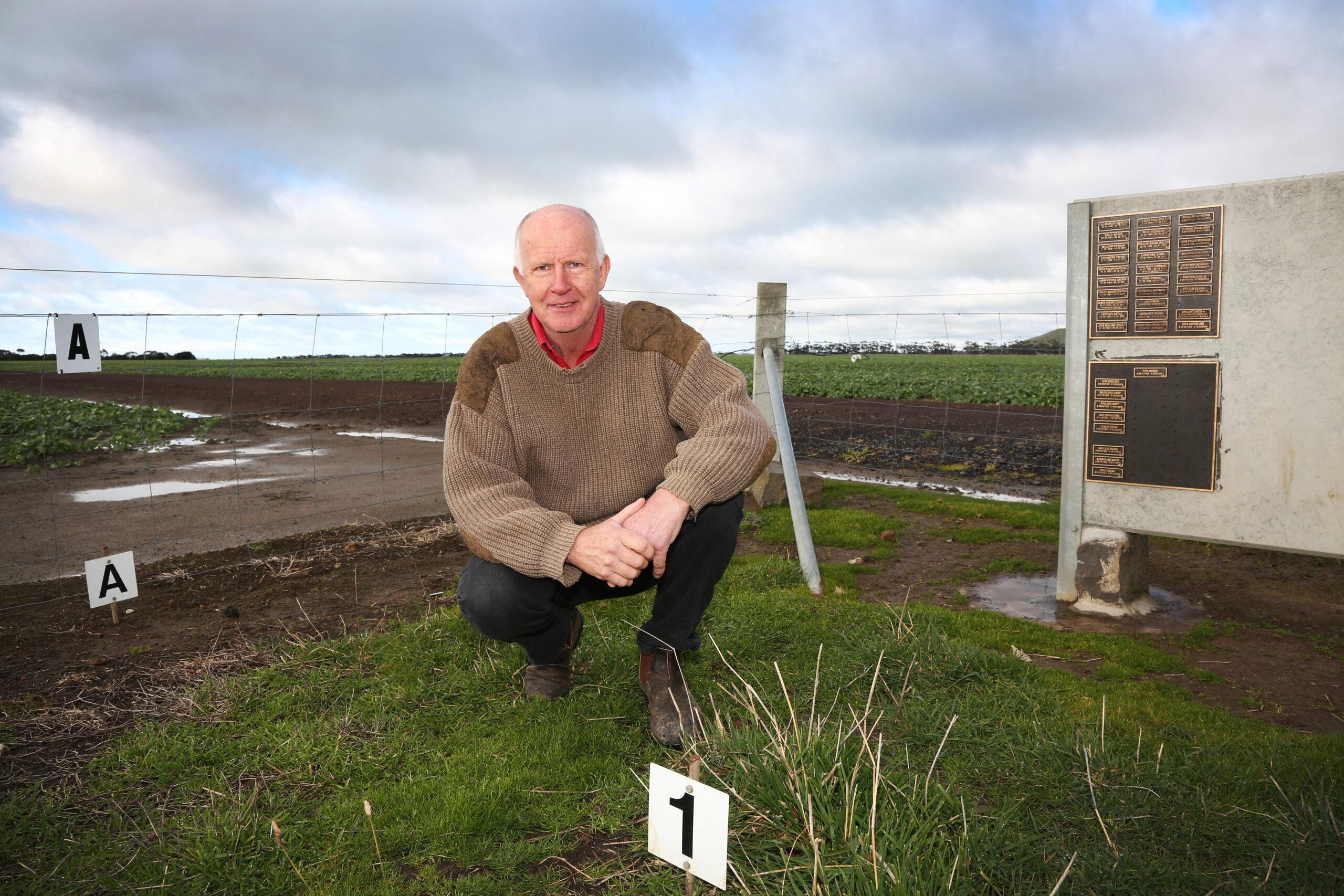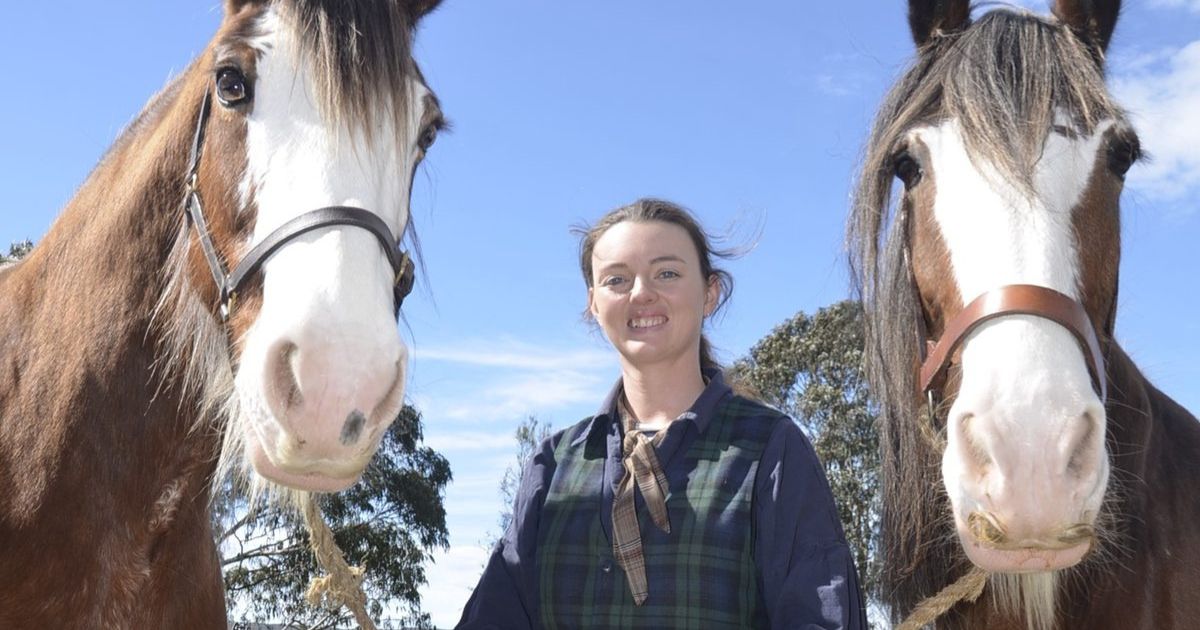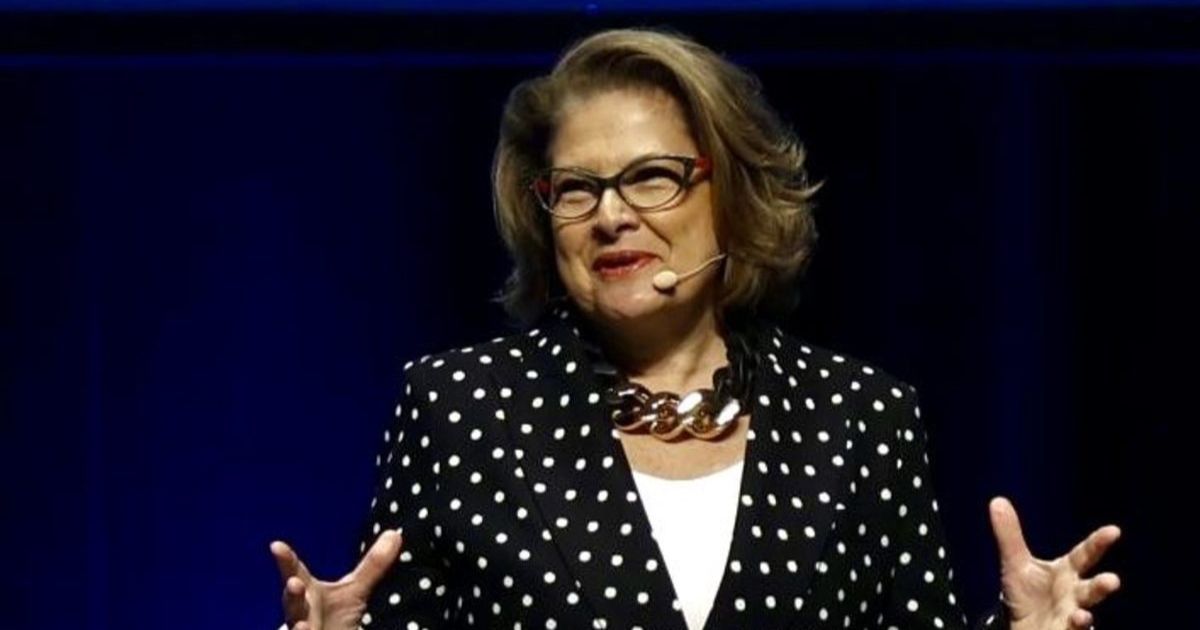How to go green when you’re gone

After life: Farmer, Tony Dupleix, leads operations at the Kurweeton Road Cemetery and describes himself as managing director, gravedigger, and transportation captain. Photos: SUPPLIED
IF you’re becoming more climate conscious in the way that you live your life, you may have wondered how you can minimise your environmental footprint when you die.
Peter Tobin Funerals manager Julie Allan said the industry offers greener options for those who choose a more traditional burial, but are still wanting to make sustainable end-of-life choices.
“Occasionally we get a family asking, what are our environmental options in terms of coffins?” she said.
“There is a cardboard box made out of recycled paper formed into a heavy-duty coffin, and it is usually used for cremation because it’s got a lot of flex in it.
“We have what we call an eco-coffin, which is an unstained, solid plantation-grown radiata pine which is lined with an unbleached calico drapery and it has rope handles. Reinforcement is very minimal.
“In our casket range, we have what we call a natural legacy woollen coffin, made out of wool… and a willow casket made out of wicker.
“Occasionally, someone wants to be buried in a shroud, and you can get calico that wraps over you, but there is a board at the base of it so a person can be lifted.”
Ms Allan said the funeral home also works with a florist who produces environmentally conscious arrangements tied with raffia or string, and without plastic bases.
Not too far from Ballarat is the Kurweeton Road Cemetery, just south of Derrinallum; the only cemetery in Australia where people can be buried upright.
Farmer and managing director of Upright Burials, Tony Dupleix, said the cemetery was established in response to dissatisfaction with the conventional funeral industry, and to those wanted to minimise their environmental impact.
“What we offer is about as carbon neutral as you can be,” he said. “We use the least amount of resources in a burial; there’s no boxes or paraphernalia that goes along with a conventional funeral.
“We minimise the use of vehicles, there’s no elaborate printing, or embalming chemicals. We don’t interfere with the deceased body in any way. The body is enclosed in a shroud.
“The amount of energy we do use in transport and refrigeration is offset by solar panels on the roof of our building, and for each burial, we plant a tree on nearby Mount Elephant.”
Maintenance at the cemetery, which resembles a paddock, is taken care of by the sheep that live on the land.
Although there are no headstones, there is a memorial wall with a plaque for each person buried on site, and a grid reference to locate them.
“When you get there, it will just be grass, or there might be a sheep grazing,” he said.
“We’re running it because we like to be able to provide an alternative… and it’s all the things that we don’t have that make all the difference.
“We’re making savings both ecologically and financially by keeping the process as simple as we can.”


















